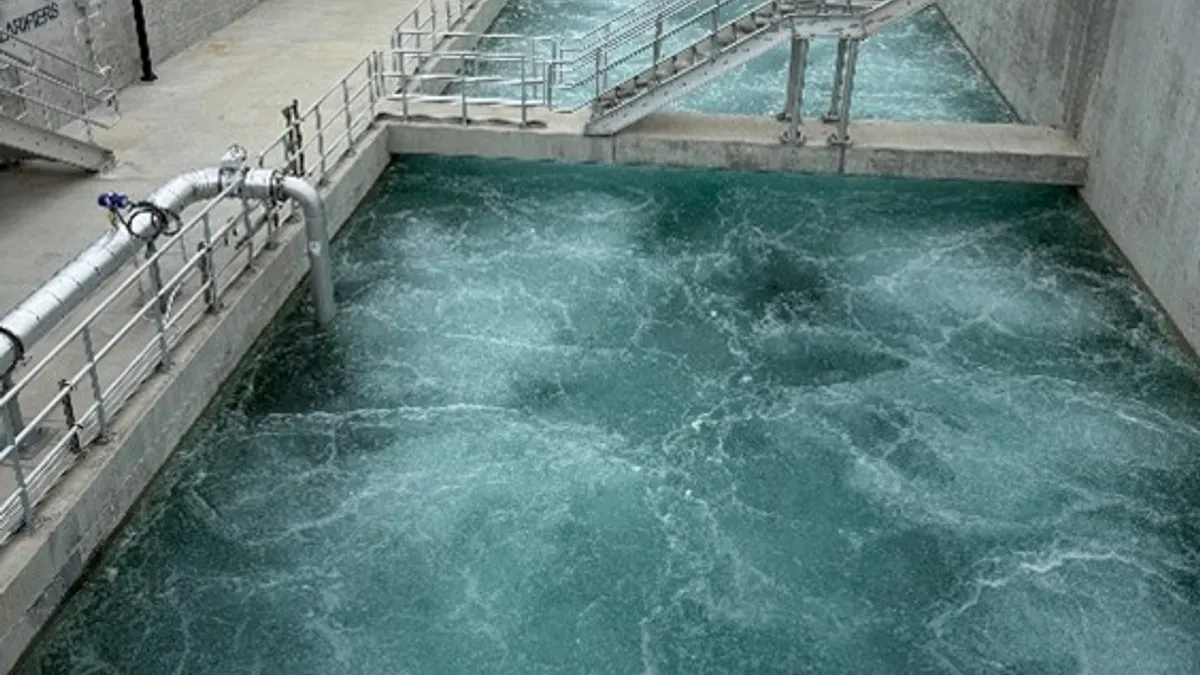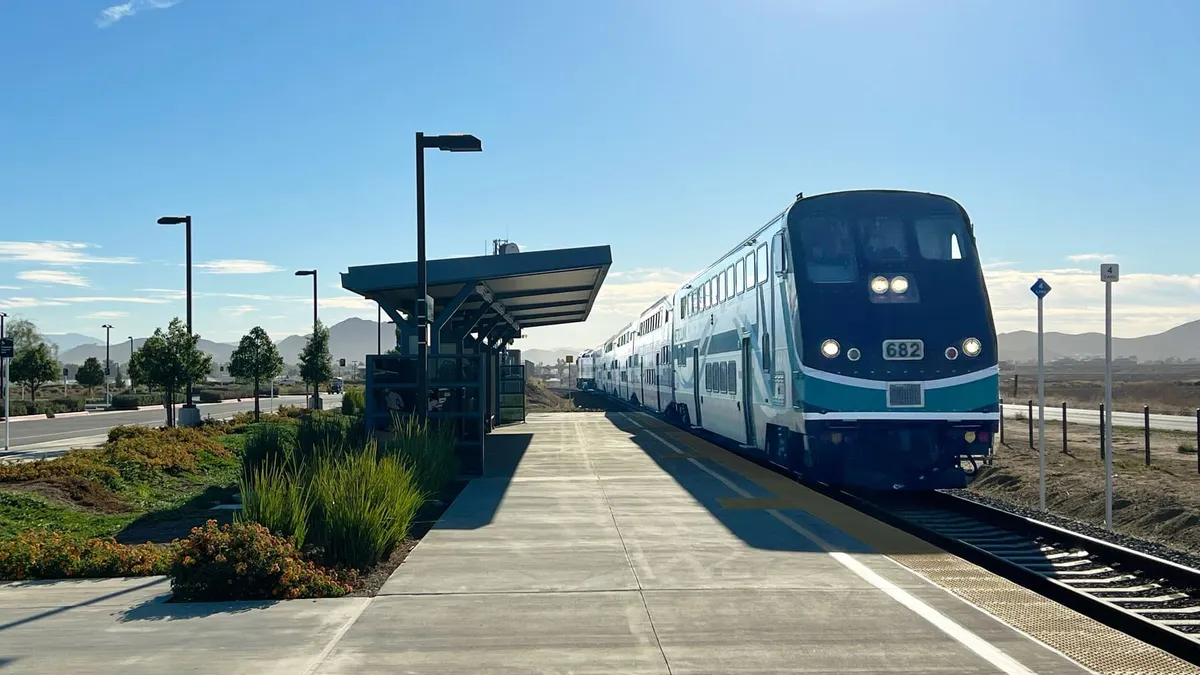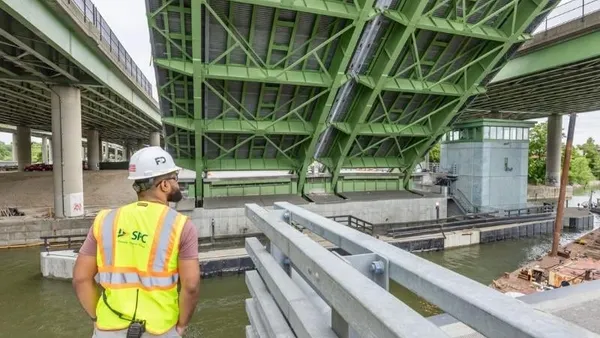It's been less than two weeks since President Donald Trump's inauguration, but he has fulfilled his campaign promises of shaking up the political world. The ink is not yet dry on several of his executive orders and other memoranda that have turned immigration, national security and infrastructure into coast-to-coast topics of conversation and fiery debate.
The construction industry-related directives that have elicited the strongest reaction from the general public are those giving a push to U.S.-Mexico border wall construction as well as two controversial pipeline projects — the Dakota Access and the Keystone XL.
However, other moves by the Trump administration, including an order to fast-track future projects and the compilation of a list of infrastructure needs across the U.S., have the potential to significantly impact the construction industry going forward.
Planning to build the wall
In the first order, the president called for federal authorities to immediately get to work on the design and construction of "a physical wall along the southern border, using appropriate materials and technology to most effectively achieve complete operational control of the southern border."
While the wall is only in its planning phase, House Republicans have authored a bill that would allocate $12 billion to $15 billion for construction. However, according to New America Foundation fellow Konstantin Kakaes, who conducted an estimate of the wall's price tag based on Trump's descriptions, the cost for the project could reach $40 billion, with $27 billion in labor costs alone.
No funding mechanism has been established to pay for wall construction yet, but the possibility of a 20% import tax has been floated by the administration and Republicans.
Industry groups like the Associated Builders and Contractors of America are hesitant to comment on wall construction plans as there are no details yet beyond the presidential announcement, but ABC’s Vice President of Regulatory, Labor and State Affairs Ben Brubeck told Construction Dive that one of the organization's top priorities would be to ensure that any new federal projects — related to the wall or not, — are bid in a way that would allow all interested and qualified contractors to compete on a level playing field.
Although immigration is a politically controversial, potentially divisive issue, no doubt many contractors will line up to participate. "Assuming the details in the request for proposal are appropriate and offer an opportunity for a reasonable margin, it is safe to assume a number of our firms will want to bid on any new physical barrier along the U.S. Mexico border," said Brian Turmail, senior executive director of public affairs for the Associated General Contractors of America.
The Army Corps of Engineers usually administers construction work for the Department of Homeland Security’s Customs and Border Protection agency, and the organization plans to meet with Army Corps officials at the AGC's 2017 Federal Contractors Conference in May to discuss the project, according to Jimmy Christianson, regulatory counsel for the AGC.
Accelerating pipeline projects
The pipeline projects could come with an extra boost for manufacturing as well. Along with directing the operators of the XL project to reapply for approval and urging the secretary of the Army to give the Dakota pipeline the once-over before a quick approval despite local Native American protests over the danger it could pose to their water supply, Trump also mandated that all pipeline project steel be manufactured in the U.S.
"The construction jobs created by the indirect impact of the pipelines — hotels, schools, manufacturing facilities — will create opportunities for the entire industry."

Ben Brubeck
Vice president of regulatory, labor and state affairs for the Associated Builders and Contractors
This move could be good news for U.S. steel manufacturers, but the AGC previously has come out against any regulation that forces American companies to limit their purchasing choices in the global marketplace.
As to this latest directive concerning pipeline construction, Brubeck indicated a mixed bag for the ABC. "The voluntary project labor agreement attached to the Keystone XL pipeline means that most direct construction jobs related to the project will go to union construction workers," he said. "However, the construction jobs created by the indirect impact of the pipelines — hotels, schools, manufacturing facilities — will create opportunities for the entire industry."
Expediting project review and focusing on urgent infrastructure needs
Another new executive order that is likely to be one of the most popular in the construction industry orders federal agencies to streamline and expedite environmental reviews on "high priority" infrastructure projects.
"As a group that has long pushed for streamlining our environmental review process, we are encouraged by the president’s efforts to accelerate federal reviews," Turmail said. "We have long maintained that federal officials can ask tough questions, demand hard answers and make difficult decisions without having to spend years doing so."
Christianson said it is up to the White House Council on Environmental Quality to work out the details of implementation but that the process "will likely take CEQ a number of months or longer," as Trump has yet to appoint a CEQ head.
While not a directive or memoranda, perhaps the most compelling piece of evidence that the new administration is preparing to get started on significant infrastructure needs was its preparation of a list of 50 high-priority, "emergency and national security" infrastructure projects across the U.S. worth approximately $137 billion.
"Federal officials can ask tough questions, demand hard answers and make difficult decisions without having to spend years doing so."

Brian Turmail
Senior executive director of public affairs for the Associated General Contractors of America
With all signs pointing to urgency, projects on the list must have either national security or emergency public safety implications, have 30% of its design-engineering complete and be "shovel ready," be a direct-job generator, and have the potential to increase U.S. manufacturing.
Where P3s come into play
House Speaker Paul Ryan, R-WI, on behalf of the administration, spoke to Trump's infrastructure plan in an interview with Charlie Rose and said public-private partnerships (P3s) would play a major role, despite pushback against that approach from Senate Minority Leader Charles Schumer, D-NY. Schumer favors a program of federal spending and said the private investors integral to Trump's plan would ignore projects that can't generate profits.
However, that's not necessarily the case, according to attorney Lee Weintraub, chair of the public private partnership practice at Becker & Poliakoff in Florida. "You can still do availability payments," he said. "The public would appropriate the money but not upfront."
In this scenario, the private component of the P3 would pay to design and construct the project and then get paid back over an extended period of time, even as many as 50 years. In addition, in order to get the full payout, there are usually stipulations attached, such as ensuring the building's energy performance or maintaining it up to a certain standard. Trump has also come up with a new source of funding these projects, Weintraub said, and that's the proposed 82% tax credit.
Bundling of projects is a possibility as well, Weintraub added. Some contractors, able to successfully navigate the geographical challenges of working across state lines, could take on several of the smaller projects as a package deal to boost their revenue.
As for the wall, Weintraub said he wasn't sure that project would work as a P3. In general, though, Weintraub said he's glad P3s are part of the discussion. Each project is different, so each one has to be evaluated individually to determine if the P3 structure is the right way to go, he noted. Political climate, jurisdiction and the financing model all factor into a decision.
Brubeck isn’t getting his hopes up, however, for P3s directly with the federal government. "Unfortunately," he said, "the federal government has a weak deal flow that limits P3s on government buildings."
He said the ABC has not seen Trump’s infrastructure proposal but would expect any P3s to be between the private sector and state and local government, with a possible federal financing feature. "P3s are one of many tools in the project delivery toolbox that can provide value to taxpayers and owners under certain conditions," Brubeck said.




















